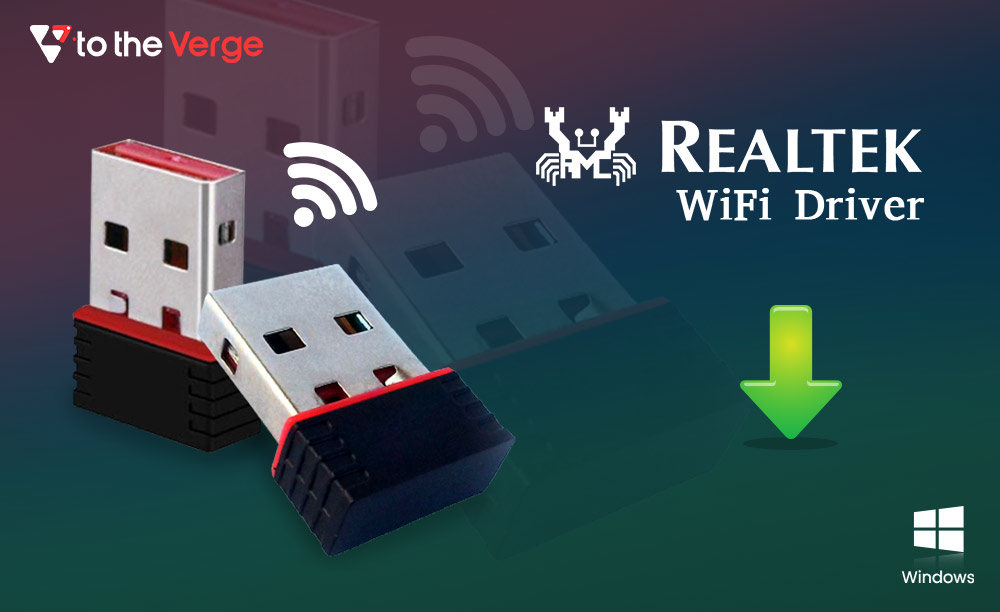Web3 has been one of the most searched terms since the latter half of 2021. With the surge in discussions around a future interactive environment that would be 3D and feel close to reality, the Metaverse, Web3 also came into the picture simultaneously.
The future of metaverse and web3, how these ideas and the technologies they are composed of are evolving, would define the next technological age for the world.
But before we let our horses of imagination run too much in the direction of a sci-fi future, shouldn’t we know the basics of Web3 and other related technologies?
In this article, we explain Web3 in simple terms and elaborate on the basic Web3 terminology that you might come across further. Read till the end to learn more!
What Is Web3?
Web3, also known as Web 3.0 or symbolized as web3, can be simply explained as the new iteration of the world wide web, based on blockchain technology, incorporating decentralization and cryptocurrency. However, it is a relatively new concept, and therefore, a definitive Web3 definition has not been formed yet.
The direct integration of blockchain technology that will allow the Internet to have its native economy is how industry experts interpret the meaning of Web3. In addition, the new integration forming the Web3 will also enable content creators to own their digital content directly moreover use internet-native digital currencies to trade with each other openly.
A unique analogy to explain the entire idea of web3 in a simplified way is to compare the three ages of the web, namely Web 1.0, Web 2.0, and Web 3.0, to three transportation systems.
The first stage of the internet – Web1 can be interpreted as a one-way train, where one can ride it but has no influence whatsoever; this was the read-only phase of the internet. The second stage – Web2, can be compared with a subway system that does enable people to travel back and forth; however, the train operators still have control. The second era of the internet can be called the read-write phase. Finally, the third stage of the internet – Web3, is expected to act as a private car for internet users. Individuals will have complete control over the content and its whereabouts.
When Did Web3 Start?
The term Web3 was coined by Polkadot founder and Ethereum Co-founder Gavin Wood in 2014. It referred to “a decentralized online ecosystem based on blockchain.” However, it wasn’t until last year that the idea became prominent.
The rising interest and curiosity of people, especially technologists and tech enthusiasts, in the area of cryptocurrency and the lucrative opportunities it might bring have been significant contributors to the rise in popularity of Web3.
In the 1990s, Web1 entered the communications field as the ‘read-only web.’ By 1993, it made up 1% of the global communications landscape. The websites at the time were built using static HTML pages that could only display information. In addition, people used website directories to look for desired web pages.
A web directory is a catalog or a list of websites. These typically list information on people or businesses and their contact information.
Then, by the end of the 90s, a more interactive form of the internet began emerging. In 1996, Macromedia launched the first version of Flash, which revolutionized web design. It was an authoring software used to create vector graphics-based animation programs. The developers could now create various websites containing complex media like web applications, games, videos, and images.
With time devices and software evolved. The developers and designers switched to HTML5 and CSS3 languages, realizing the benefit of Web standards. And ultimately, in 2004, with the appearance of Facebook, the transition to Web2 became clear.
Over time, platforms like Reddit, Twitter, and YouTube concretized the ‘read-write web’ by allowing consumer-generated content.
Web3 was disguised under the idea of ‘semantic web’ proposed by Tim Berners-Lee, who invented the World Wide Web. The semantic web is sometimes called Web3.0 and refers to the extension of WWW by the World Wide Web Consortium (W3C) standards.
Berners-Lee first expressed his vision of the Semantic Web in 1999. He said, “ I have a dream for the Web, in which computers become capable of analyzing all the data on the Web – the content, links, and transactions between people and computers. A “Semantic Web,” which makes this possible, has yet to emerge. Still, when it does, the day-to-day mechanisms of trade, bureaucracy, and our daily lives will be handled by machines talking to machines. The “intelligent agents” people have touted for ages will finally materialize.”
Web experts envisage the future of Web3 as linking not only documents and people but also linking data.
In 2013, out of roughly 250 million web domains, 4 million contained Semantic Web markup. The gradual shift from the vision to practice points toward the fact that the world is on track to the Web3 phase of the internet; however, it isn’t realized entirely yet.
What Is Web3 Protocol?
Web3 is believed to develop as a backend revolution and a set of protocols led by blockchain. It would intend to reinvent how the Internet is wired in the backend, combining the Internet’s logic with that of the computer.
In Web3, data will be stored in a P2P or Peer-to-peer network. P2P is a response protocol wherein peers and clients can issue requests that other peers can answer. It is the foundation of the Web3 technology stack.
Then there is the data distribution protocol that will provide Web3 the ability to distribute and interact with data. The data distribution protocol is followed by the second layer of protocols, which includes state channels, plasma protocols, encrypted storage, heavy computation, distributed secret management, and Oracles.
Next, there are the protocol-extensible developer APIs and languages. These entail human-readable languages and libraries that allow developers to create programs at the proper level of abstraction.
Finally, the protocol-extensible user-interface cradle is a protocol to create a program that the user would use to interact directly with the blockchain. Using this protocol would keep the user from the implementation details and simply interact with the technology. These would essentially be “browsers” for the Web3; examples include MetaMask, Status, or MyCrypto.
Together, these protocols make the Web3 protocol and exist at the different levels of the Web3 technology stack.
How Does Web3 Work?
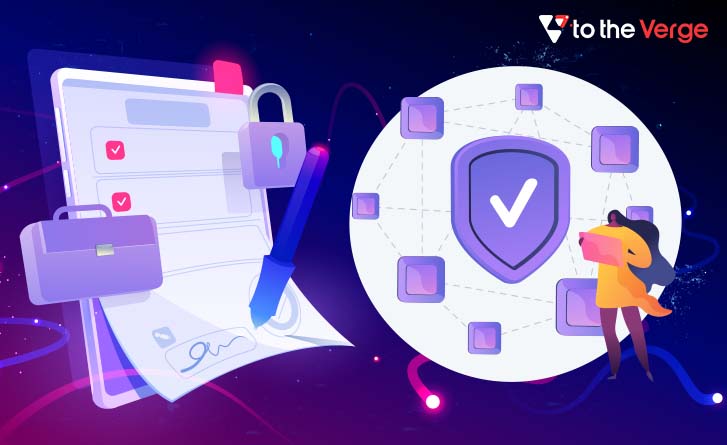
Web3 is based on blockchain technology, and two components have been configured behind the working of Web3. The first one is through dApps or Decentralised Applications. These would be like most applications but would differ from the previous ones based on their core technology, blockchain.
But, what are dApps, and what do they mean? Elaborating a bit on it will assist in having a clear idea about how Web3 will work. The decentralized applications or dApps imply that the information would be spread or distributed across different nodes of a blockchain network instead of being based on a centralized structure. Therefore, the backend code of dApps would subsist on networks instead of centralized web or server farms.
Along with dApps, the other component that will play a crucial role in the working of Web3 is smart contracts. First, let us briefly explain what smart contracts are. These are codified agreements between two entities or parties. The purpose of smart contracts is the same as traditional contracts; the only difference is that the terms and conditions of these contracts are established by code on the blockchain.
Therefore, dApps and smart contracts would be two means through which Web3 will function.
What Is Web3 Technology?
Web3 Technology is the new iteration of internet services that are being built using decentralized blockchain. The rudimentary architecture of Web3 has not been concrete yet; however, decentralization will be a core part of its proposed framework.
Artificial intelligence (AI), Machine Learning technology, and the Semantic Web concept would be some other essential Web3 technologies. Web3 would enable people to interact with data in conjunction with these technologies.
CEO of Netlify, a cloud-based web development platform provider, shared his views on Web3. He said, “The core idea behind Web3 mirrors the original vision of the web — open and decentralized.”
Bill further explained that the web started as a decentralized system based on DNS (Domain Name System) and the ability for anyone to Buy, Own, and Manage their domain name and move it from one host to another as they see fit with complete control and ownership over all the underlying data. However, as the web grew up, our online presence became more and more centralized on corporate platforms. For instance, when someone registers an Instagram handle, they can’t just move that handle with all of their content and followers somewhere else because they’re tied to that network.
What Is Web3 Blockchain?
Blockchain is the backbone technology for the development of Web3. It could simply be explained as a digital ledger of transactions duplicated and distributed across an extensive network of computers that are part of the blockchain.
The distributed nature of blockchain gives Web3 its characteristic feature of decentralization. Therefore, Blockchain for Web3 will redefine the data structures in the backend of the Web and introduce a governance layer that will run on top of the current Internet, enabling people to reach and settle agreements over the Web seamlessly.
What Is Web3 Crypto?
Web3 and Crypto are all ideas and technologies growing on the blockchain, their foundational technology. Therefore, web3 crypto is the crypto-asset that would power Web3 besides blockchain, metaverse, and artificial intelligence.
Web3 Crypto can be explained as decentralized projects that use smart contracts and automate transactions. Some examples of web3 crypto are Helium, Chainlink, Filecoin, Audius, and Flux.
What is Web3 Used For?
The technological aspects are still under development, but technologists have proposed different use-cases of web3. Gaming is one of the most popular use-cases of web3; platforms like Decentraland and Axie Infinity are built on the web3 fundamentals. Other than that, social and content creation is another use case. People are increasingly experimenting and exploring platforms like Context and Mirror that provide a web3 toolkit to create and connect.
What Are Some Examples Of Web3?
Some applications that have been built keeping the Web3 standards and vision in mind are:
- Diaspora – A non-profit, decentralized social network
- Sapien – Built on the Ethereum blockchain, it is another decentralized social network
- Augur – It is a decentralized trading market
- Uniswap – It is a decentralized cryptocurrency exchange platform
- OpenSea – It is also built on the Ethereum blockchain and is a popular marketplace for buying and selling NFTs
How to Invest In Web3?
Investing in Web3 can be pretty tricky since there are several different ways through which people can explore the developing phase iteration of the internet. However, even though the meaning and definition of web3 are not that coherent, experimentations are on track to learn more about the technology and see how its functionality across different platforms.
Firstly, Cryptocurrencies are a great way to get into the Web3 space. One can either buy or sell cryptos through crypto exchange platforms or invest in the stocks of the top crypto mining companies.
Next, one can also experiment with digital art as NFTs. Anything from audio, video, and images to text can be turned into a non-fungible token that can be bought or sold through platforms such as OpenSea.
Another popular way to invest in Web3 is to buy metaverse real estate. Several platforms like Decentraland, The Sandbox, and more offer land parcels for those who want to buy. In addition, many companies like Gucci, JP Morgan, Samsung, and others have already invested in metaverse real estate.
Finally, one can also buy the stocks of companies that are directly associated with the web3 metaverse space or have some projects related to the technology.
What Are The Advantages And Disadvantages Of Web3?
Every technology has its pros and cons. Therefore, while the reportage about web3 usually has a thrilling tone and tenor, being realistic about its developments and aware of its advantages and disadvantages is a must to form a sound opinion on the subject matter.
Advantages of web3:
1. Expanding Data Connectivity.
With the advent of web3, data connectivity will grow considerably as the idea of a semantic web will help in the network of information available online. Additional data would get linked to the already existing data on the network.
2. Data Ownership.
Web3 will allow users to have ownership of their data and digital assets, which is what people believe is revolutionary about the technology. The implication of this fact means that, for instance, if one plays a game and purchases an in-game item as an NFT, it will directly get tied to their account, and the person would be entitled to its ownership.
3. Cross-platform Identity.
In Web2, a new account is created for every other platform, leaving an individual with multiple social identities. Changes made to one of your profiles would not apply to the others. Furthermore, separate sign-ins are required for every account, and they could be deleted by the owner of the platform at the click of a button. Web3 technology is a single solution to all these issues. With Web3, users would be able to control their digital identity that would be the same across the blockchain network without duplications.
Disadvantages of web3:
1. Limited Accessibility.
With a pragmatic view, tech experts acknowledge that accessibility will be a significant issue with web3 in the initial stages. Though several blockchain networks are available for usage at zero cost, the transaction costs are relatively restrictive for many, averting people from switching to Web3. Therefore, it is less likely that web3 would be utilized in developing nations due to high transaction fees.
2. Infrastructural Issues.
The web3 infrastructure is centralized. Since the ecosystem is pretty young and rampantly evolving, it depends on limited entities like GitHub, Twitter, and Discord. Up and coming web3 companies are in progress to fill these gaps, but planning and constructing high-quality and reliable infrastructure takes time.
3. User Experience.
The complicated user experience is another technical limitation of Web3. Users have to understand the security concerns, comprehend complex technical documentation, and navigate ungraspable user interfaces.
Other FAQs
Q1. Is Web3 A Programming Language?
Web3 is not a programming language. It is a collection of JS or JavaScript libraries and provides API or Application Programming Interface that enables us to work with blockchain. Web3 uses JSON-RPC, a stateless, lightweight remote procedure call (RPC) protocol.
Q2. Is Web3 A Blockchain?
Web3 is built on the bases of blockchain technology; however, it is not the same as blockchain. Web3 can instead be viewed as an implementation of blockchain technology. It will be a network of computers/nodes on the decentralized blockchain.
Q3. What Is A Web3 Site?
A decentralized application dApp or a decentralized website may be called a Web3 Site. It implies that these sites would allow anyone to participate and use them without monetizing users’ personal information. MetaMask is a platform where you can explore and interact with different Web3 Sites.
Q4. What Is Web3 In Simple Terms?
Web3 in simple terms can be explained as an idea for the new version of the World Wide Web that would be based on blockchain technology, thus making it decentralized.
Summary
Relating with the advancements in tech would be reasonably straightforward once you understand the basic Web3 definition and terminology. Web3 technology is being built and will be governed by Web3 protocols. In addition, there are certain advantages and disadvantages of web3; awareness of these will go a long way in helping you keep up with the conceptual and technical advancements in the field.
Nitisha Lal is a writer enthusiastic and curious to learn new things. Currently, she writes about the latest developments in technology, particularly around Web3 and the Metaverse. She enjoys nature walks, capturing the world around her on the phone, or reading books when away from work.


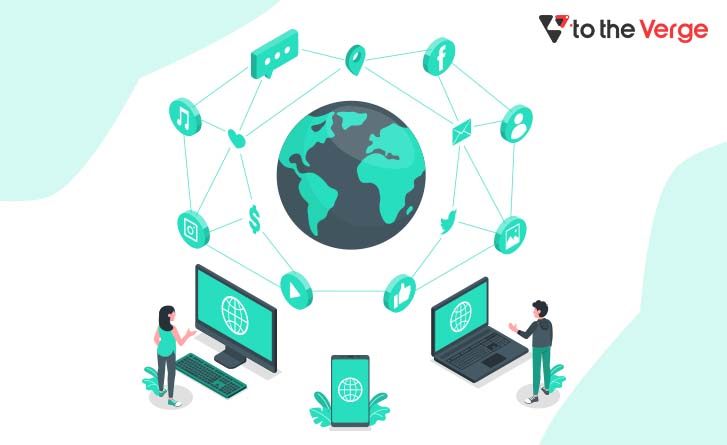
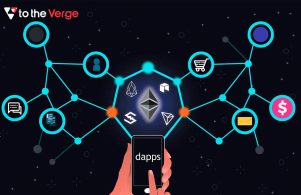



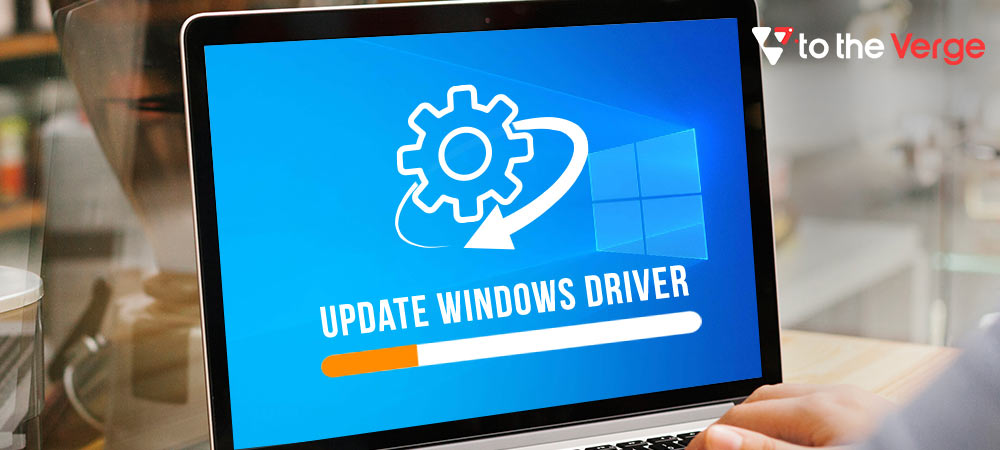
![How to Update and Reinstall Keyboard Drivers on Windows 10/11 [A Guide]](https://wpcontent.totheverge.com/totheverge/wp-content/uploads/2023/06/05062841/How-to-Update-and-Re-install-Keyyboard-Drivers-on-Windows-10.jpg)
